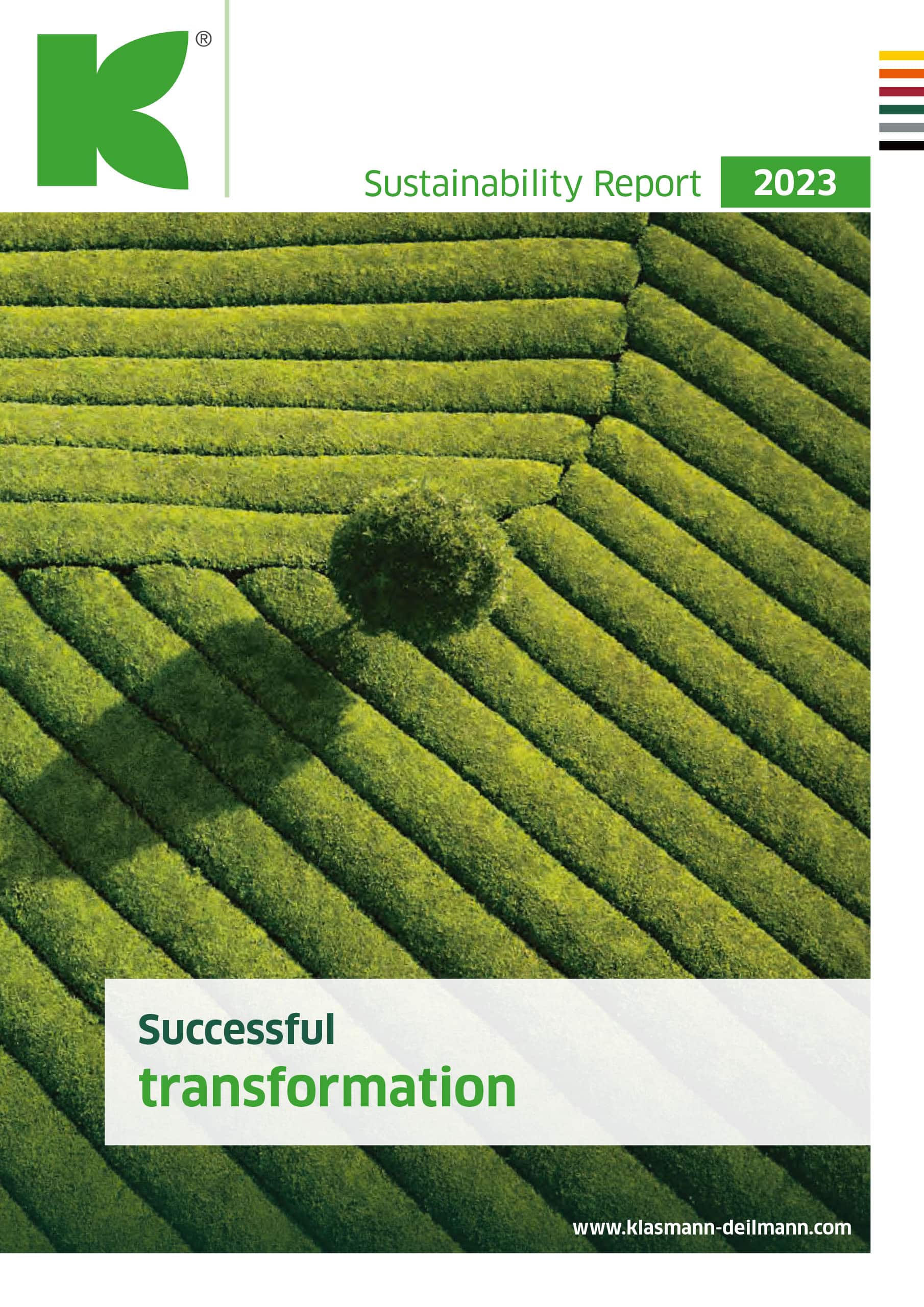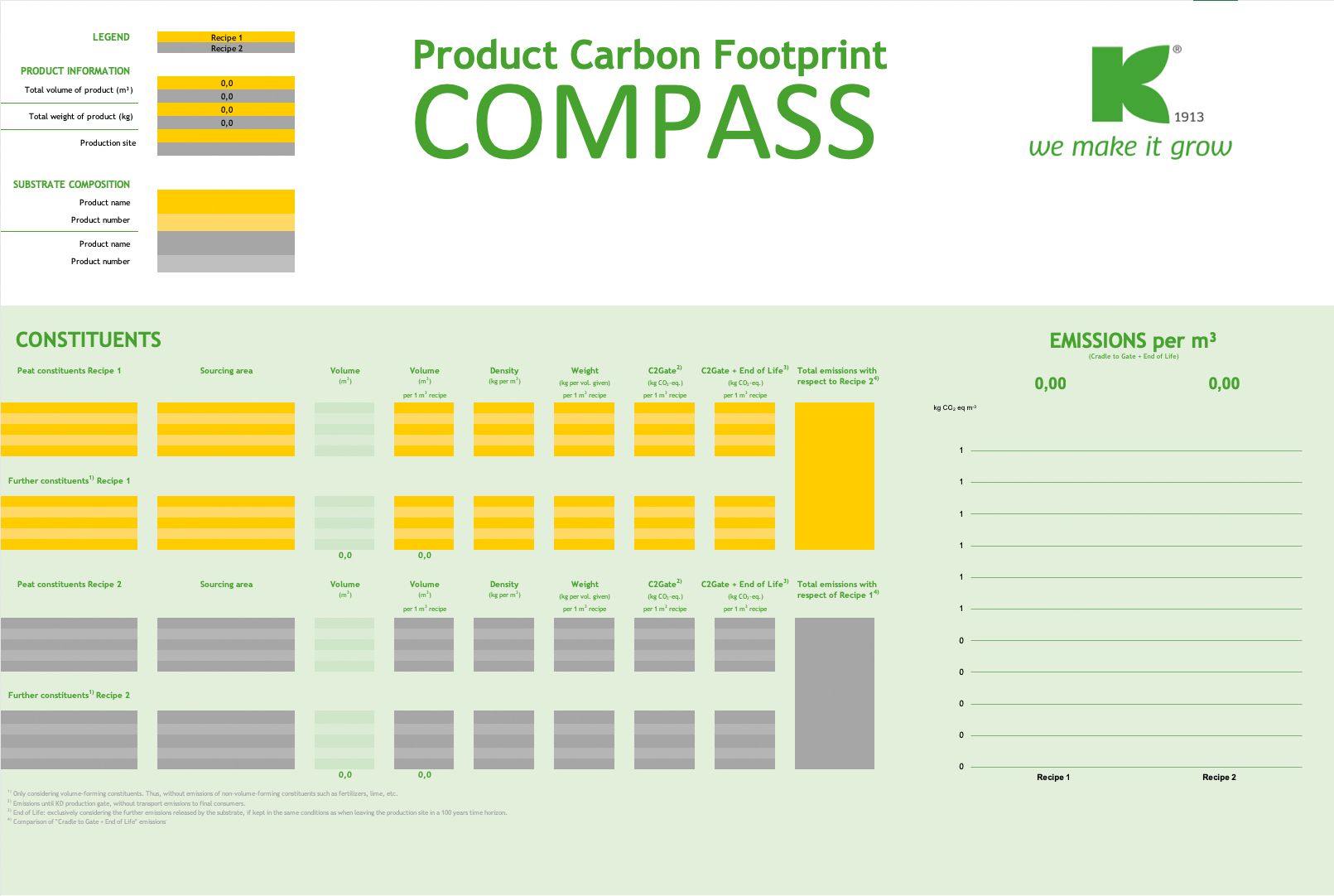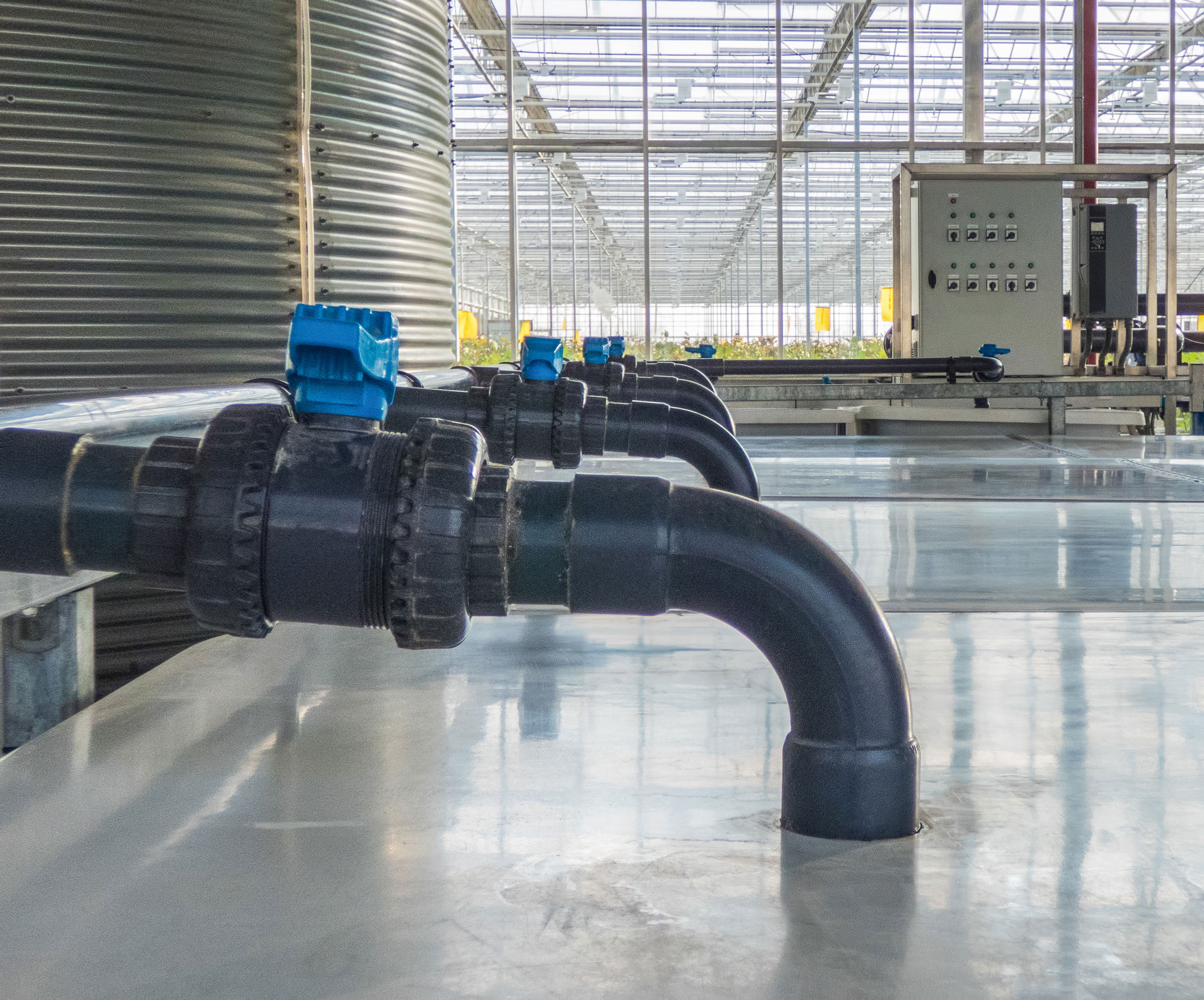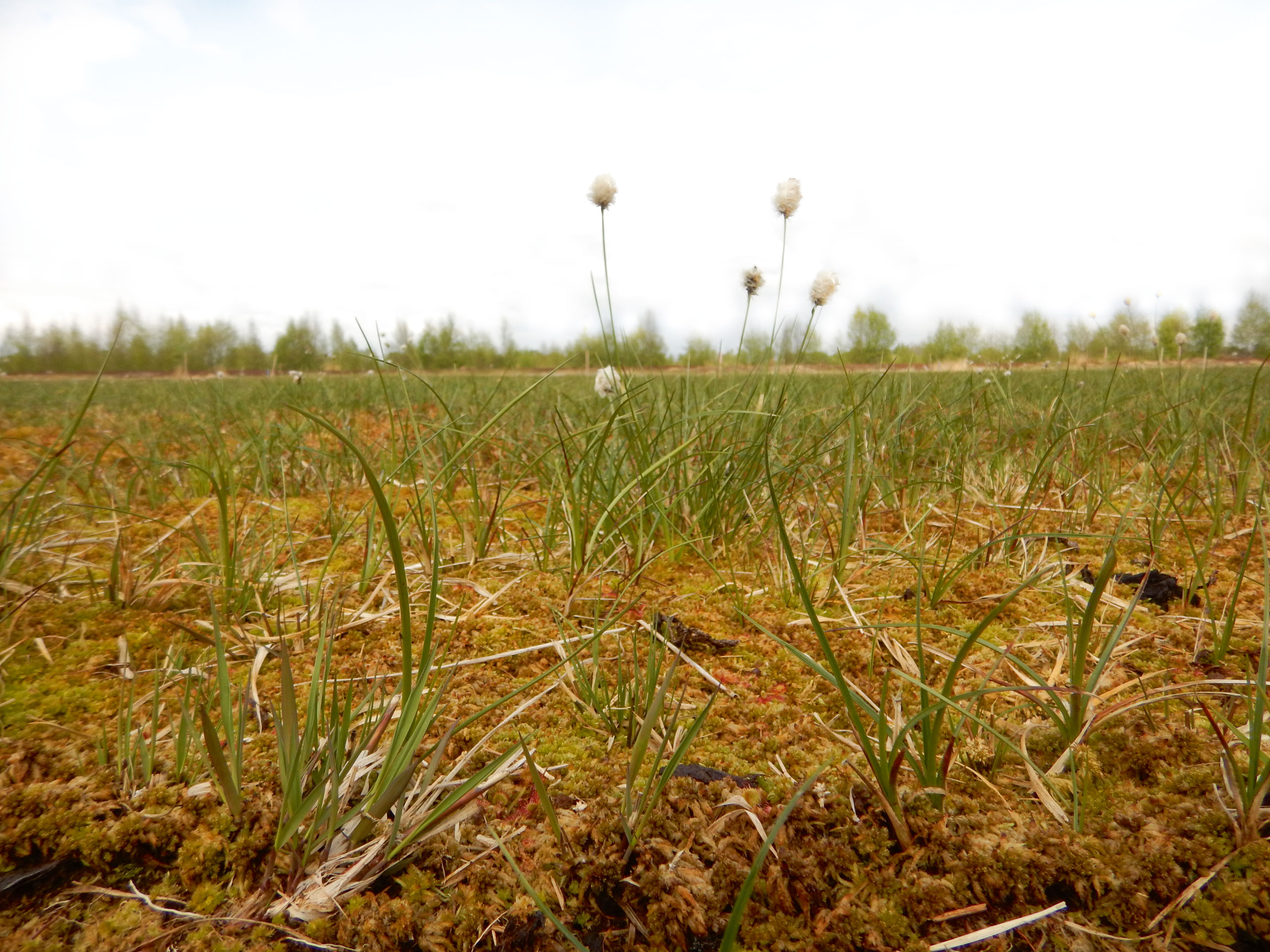Sustainability – central to our corporate strategy
We report comprehensively and transparently about our activities. We want the public to be aware of the way in which we have placed sustainability firmly at the forefront of our business practices. And we want to remain the most sustainable company in the substrate industry.
In our 2023 Sustainability Report we look back on a decade of declining carbon footprints, rapidly increasing shares of renewable raw materials, and economic growth. The sustainable transformation of our company is gaining more and more momentum and gives us tailwind for the ambitious goals of the coming years.
Our key performance indicators
Alternative raw materials
We aim to increase the proportion of alternative raw materials to 50% of our total annual production by 2030.
2024: 27,6% | 2020: 14,8% | 2016: 8,5%
Product carbon footprint
Since we want to continuously improve emissions per product unit, we calculate the ratio between our company’s total emissions (in t CO2e) and our total production volume (in m³).
2024: 63,8 kg CO2e/m³ | 2020: 61,2 kg CO2e/m³ | 2016: 82,9 kg CO2e/m³
Corporate carbon footprint
Since 2013 we increased our sales volume by 23%. At the same time, we reduced our emissions by 13%. In the future, we want to continue combining economic growth with sustainable development.
2024: 255,004 t CO2e | 2020: 263,816 t CO2e | 2016: 295,452 t CO2e |
Improve your nursery’s climate impact with alternative substrate blends
The product carbon footprint (PCF) refers to the greenhouse gas emissions caused by a product over its life cycle. The choice of substrate components influences the PCF.
We would like to supply you with substrate blends that have an improved PCF
- This is achieved through increased usage of alternative constituents
- These materials are chiefly wood fibre and green compost produced in-house in a quality-assured process
- Coco, perlite and regionally available raw materials are also growing in importance
Our commitment, your benefits:
Improving your carbon footprint
- You can improve your nursery’s carbon footprint with alternative substrate blends
- This also reuces the carbon footprint of your plants
- Switching to new substrate blends offers an opportunity to gain experience at an early stage
Bright prospects:
Reduce your CO2 emissions by up to 28%, with climate-friendly substrate blends.
- Peat extraction solely on degraded peatland
- Pristine bogs have been designated protection areas (since 1981 in Lower Saxony) and are left untouched
- Use of peatland complies with the Code of Practice of the former European Peat and Growing Media Association (EPAGMA)
- We support the development of the Responsibly Produced Peat (RPP) eco-label
- 93.9% of our peat bogs are certified to RPP
The European certification system ‘Responsibly Produced Peat’ (RPP) was established in 2013 with the following aims:
- Leaving natural peatlands of high conservation value untouched, and preserving them over the long term
- Permitting controlled peat production solely on sites already drained and/or previously used for agriculture
- Ensuring the long-term availability of peat as a valuable growing media constituent
- Increasing the rate of peat production from degraded peatlands so that restoration measures can be started as early as possible
RPP has established a reliable and transparent certification system for responsible peat production. Member companies and their extraction areas are examined by an independent auditor on behalf of the ECAS certification organisation.
In recent years, Klasmann-Deilmann has received RPP certification for the majority of its own extraction areas. At the end of 2024, 93.9% of the total extraction area had already been RPP certified. This means that also 97.5% of the harvesting volumes came from RPP-certified areas.
Measures following peat harvesting
When peat extraction has ceased, we restore the areas in accordance with legal requirements. At present, 5,000 ha of rewetted areas are permanently available as biotopes for nature and climate protection.



